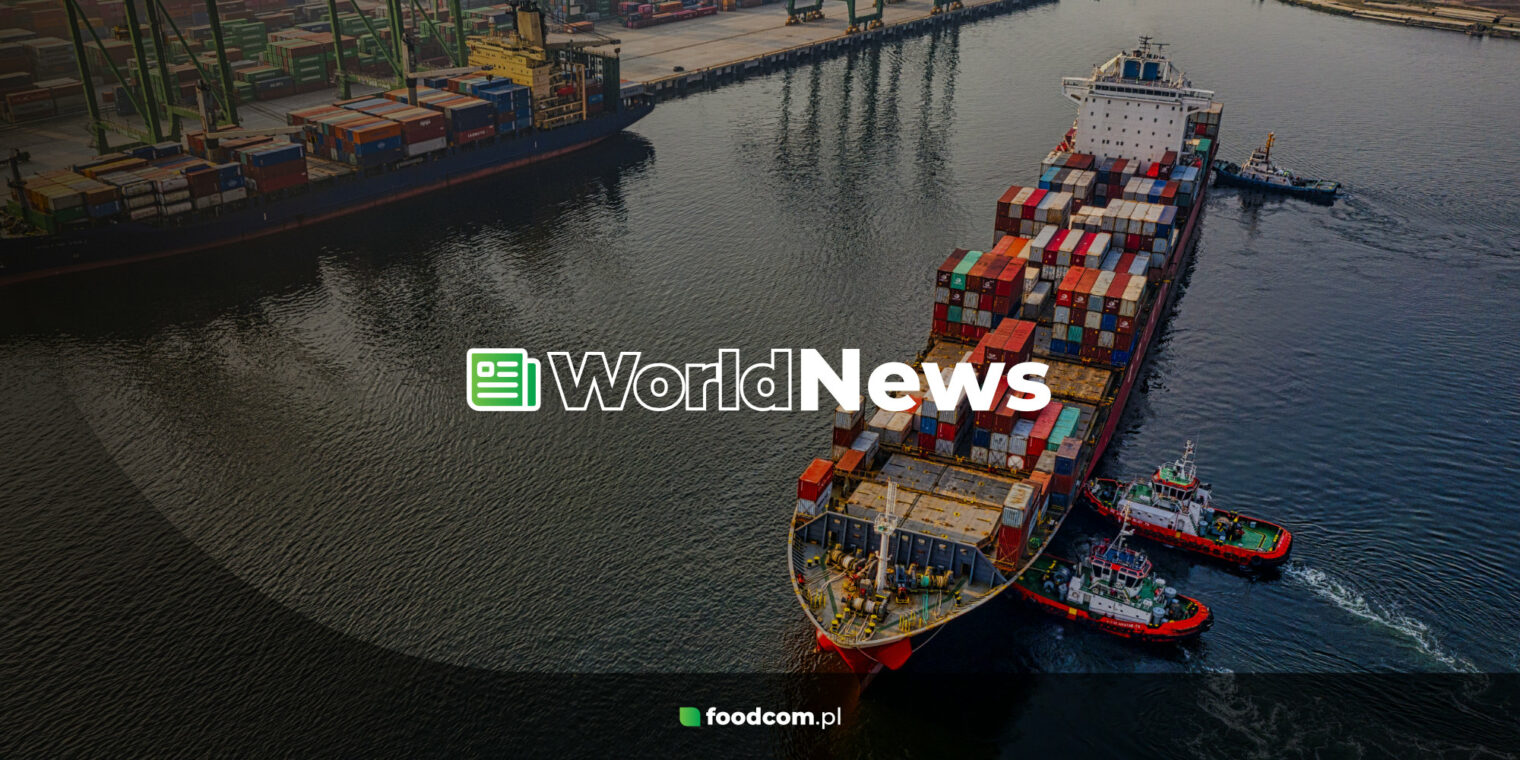- The Mississippi River has reached a historic low, creating a challenge for grain transportation in the United States.
- The low water level is forcing shippers to reduce their loads and vessels, impacting the transportation of corn and soybeans.
- The fall will bring precipitation, but that will not solve all the problems.
Historically low river levels threaten U.S. grain exports
The U.S. crop faces a very difficult challenge – the level of the Mississippi River has dropped to historic lows. This situation is impacting U.S. grain exports as transportation costs rise.
As the busiest export season approaches, the National Weather Service warns that low water levels are hampering the movement of corn and soybean ships, forcing shippers to reduce their loads and reduce the number of vessels. This comes at a crucial time for U.S. farmers, facing a flood of freshly harvested crops and intense competition from Brazil.
Challenges for U.S. grain exports
The transportation situation in the U.S. does not look good. Closures and restrictions on the river caused price shocks throughout the supply chain. According to the latest forecast, the river is expected to remain below the -10-foot mark until at least the middle of October. This situation is creating a bottleneck between the highly productive regions in the Midwest and the Gulf Coast terminals. It is worth noting that about 60% of U.S. grain exports leave the country through these terminals.
Although the fall will likely bring precipitation, perhaps not in the Mississippi River Basin. However, it is important to remember that this is an El Niño year, which could bring above average precipitation, but probably later in the year.
To stay informed about market updates, check out the latest world news on our website. Do not forget to subscribe to our newsletter for an even deeper dive into industry updates!







